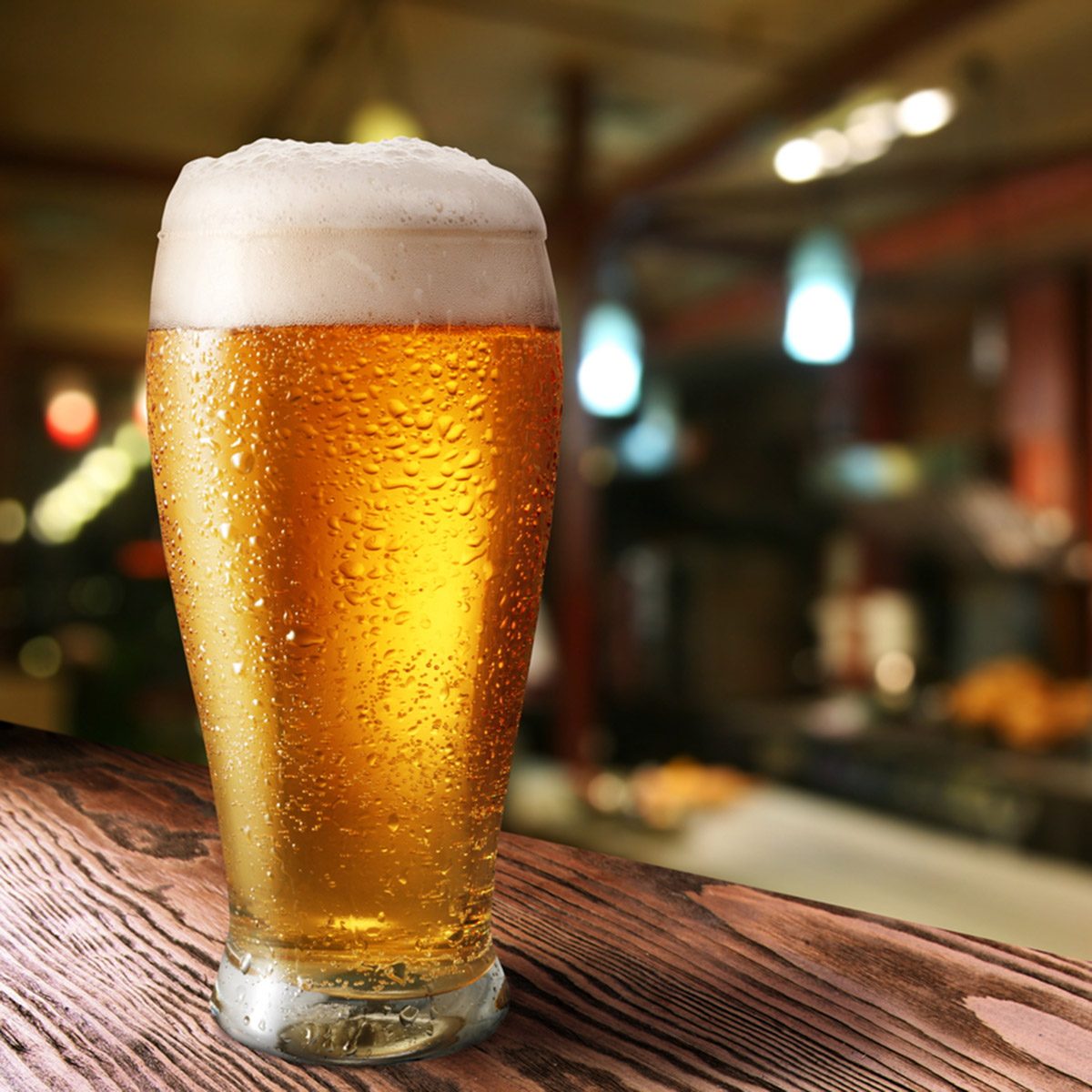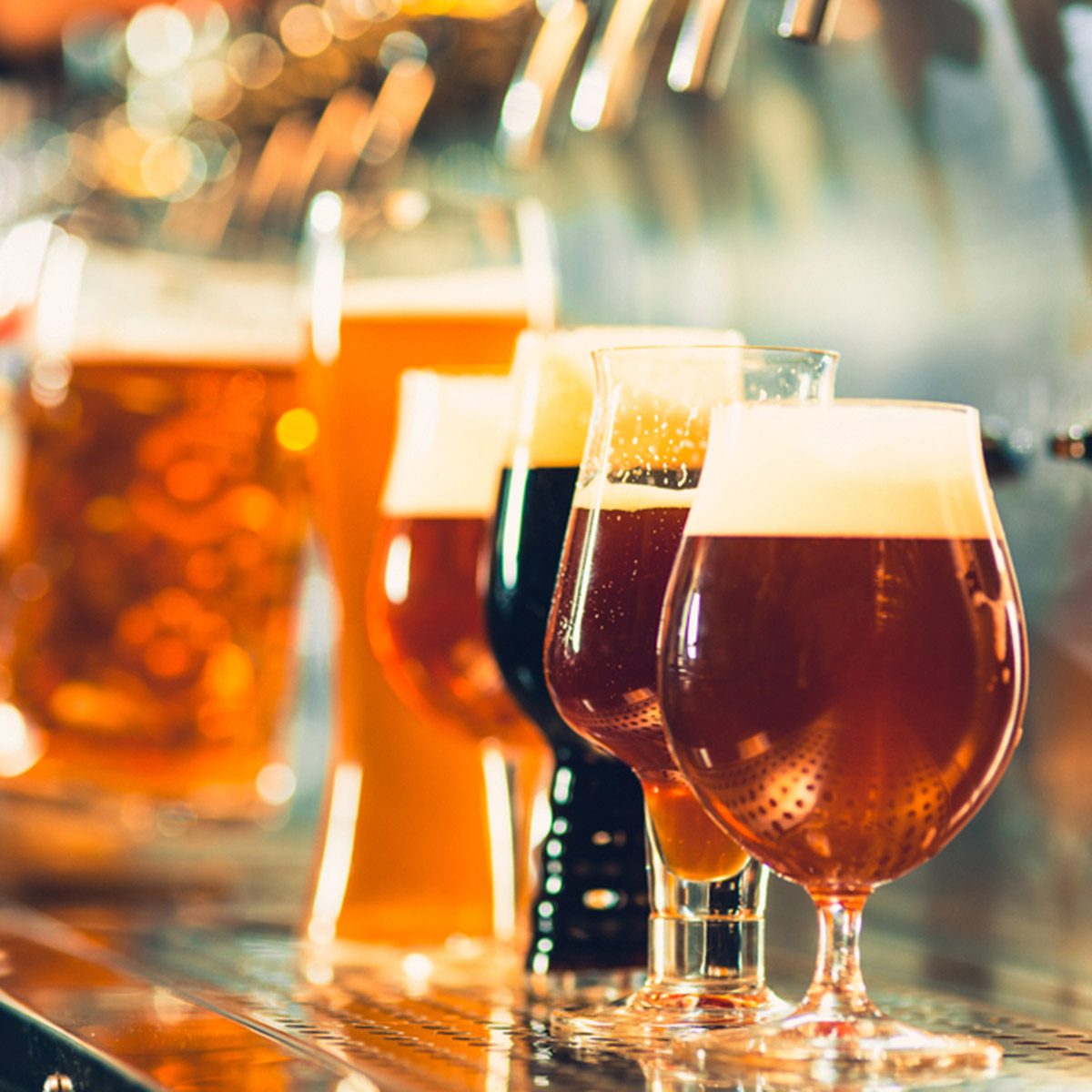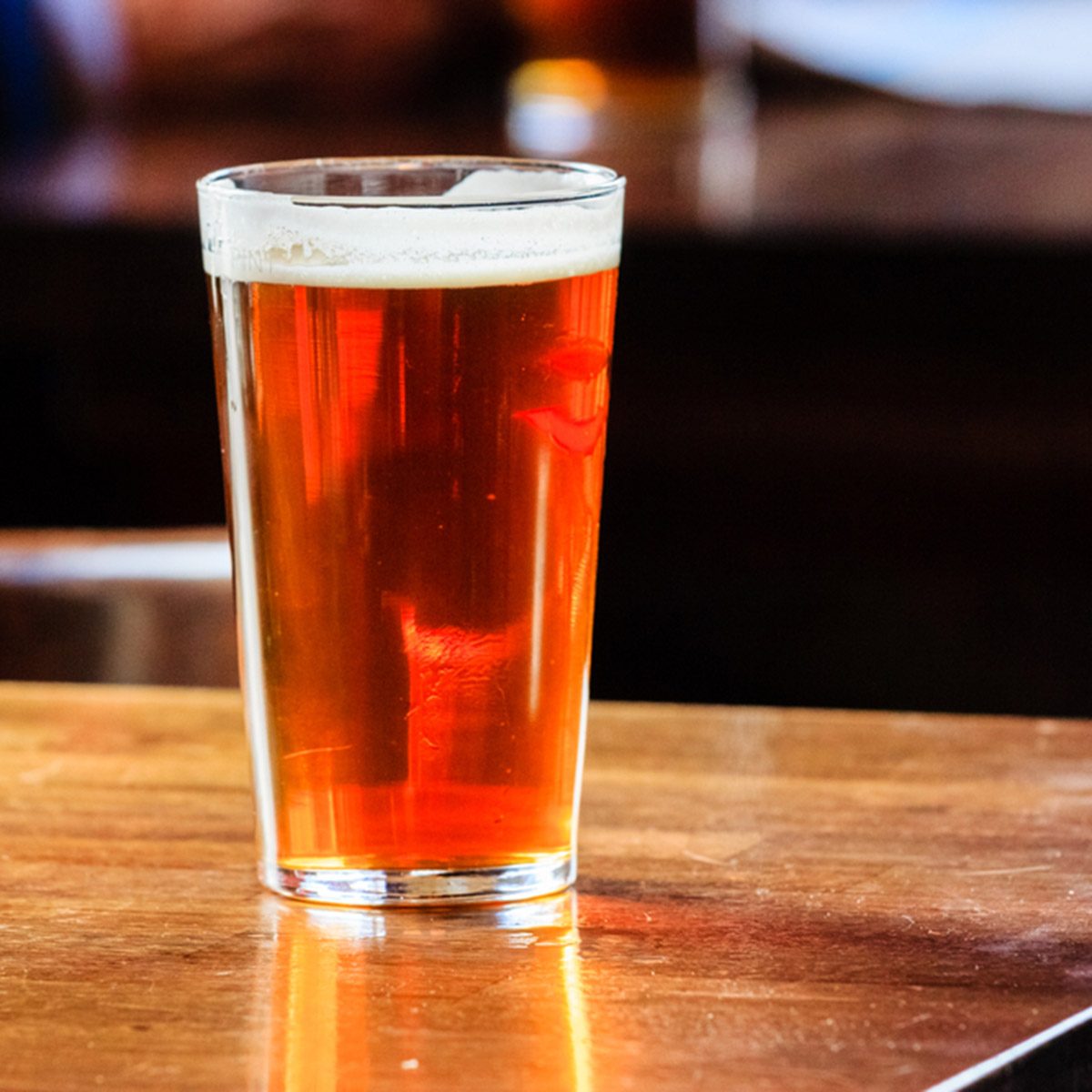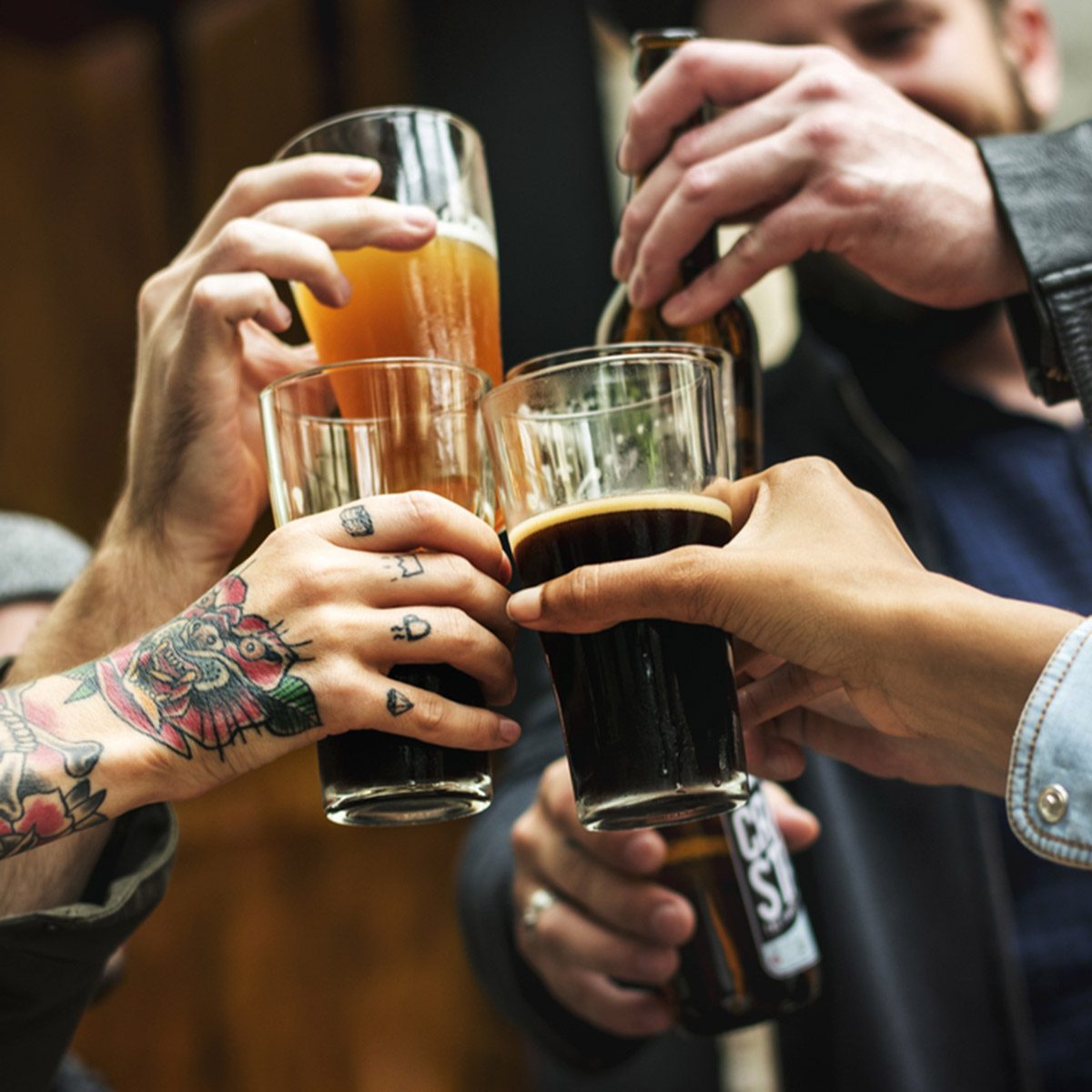
Crack Open a Cold One
There are hundreds of types of beer. From fizzy and clear to dark and thick, they all have one thing in common—they’re made to be enjoyed! These tips will help you become a better beer drinker and get more out of your next pint.
Unlike beer, these desserts are best served very, very cold.

Beer Has a Head
The foam that sits on top of a well-poured pint is referred to as the “head.” Many factors affect this foam including the alcohol by volume, protein count and carbonation level.

It Shouldn’t Be Served as Cold as Possible
Many beer commercials tout brews as cold as snow, but you’ll get the most flavor when you enjoy your pint a bit warmer. As beer warms, aromas are released and flavors become easier for your tongue to detect. Some beers, especially those from England, are served as warm as 50ºF.

Color Doesn’t Mean Much
Some people think darker beers have more alcohol. Others expect light beers to taste watery. But color has very little impact on alcohol by volume, flavor or mouthfeel. Modern day brewers have access to a wide range of ingredients that allow them to get away from roast flavors in dark beers and delicate flavors in light beers. Don’t be afraid of the dark.
You’ll find a wide array of colors in our collection of the best craft beers from every state.

The Pint Glass Is Not Beer’s Friend
Surprisingly, the drinkware people most commonly associate with beer does nothing to enhance the experience. The pint glass allows your hands to warm the beer, lets the aromas escape and doesn’t retain the foam on top of your beverage. The best alternative available at most bars is the wine glass. It may seem silly at first but you’ll enjoy each sip more!

Some Beer Tastes Like Wine
Not all beer is bitter or wheaty. Many beers incorporate fruit and the sour beer is rising in popularity. No, not all of these beers are strikingly sour like lemon or vinegar, some just have a hint of tartness that give them a wine-like vibe.
Ask your bartender at these top beer gardens to point you in the right direction.

Tip the Glass When You Pour
You can avoid a glass overflowing with foam by tipping your glass 45º before you pour. Once you’ve poured about half the bottle tip the glass upright to finish pouring and you’ll end up with the perfect collar of fluffy foam and no overflow in site.
If you want to do a little more creative pouring, try mixing beer into these beer-based cocktails.

Keep It Away from the Light
You’ve probably heard of “skunked” beer before, but what you may not know is that it is light, not age, that causes this less-than-pleasant flavor in beer. Store beer in a cool, dry place. And if you’re imbibing outside, use opaque glasses or make sure your drink is in the shade. Even a few minutes in direct sunlight can create skunky aromas.
Here are more tips for throwing the perfect backyard barbecue.

Cans Can Be Better
People have cans all wrong! Many assume that cans contain a beverage of cheaper or lower quality, but with beer the opposite is true. Cans protect beer from oxygen and light, two substances that can cause your brew to go funky. Plus they are lighter and easier to transport.
Why not bring some cans to your next picnic? We’ll help you plan the perfect spread.

No Swirling
Unlike when drinking wine, you shouldn’t swirl a beer to release aroma. When you take a brew for a swirl you will release aroma, but you’ll also release a lot of the carbonation in the beverage. Plus, that fluffy head on the top of your drink will all but disappear after you swirl.

Taste with Your Nose
To sense the nuances of a beer, tasting pros will use their “retronasal” system. You can try this technique by taking a sip and exhaling out your nose as you swallow. This helps aromas travel up the back of your throat into your nose, a whole new way to smell a brew!

Watch the Bottom
Some beers, especially German wheat styles, are bottled with their yeast to provide extra flavor and carbonation. If you don’t want a bit of yeast sludge on top of your drink, slow your pour as the bottle empties. Stop pouring when there is about half an ounce left in the bottle to avoid drinking the sediment.

It’s Better Fresh
Some dark or high-alcohol beers age well, but almost all beer is at its peak quality right when it leaves the brewery. Don’t let those bottles go dusty in your closet or the back of the fridge, break them open and share them.
Plan a beer dinner to use up those extra bottles with these beer pairing tips.

Watch Your Numbers
Most beer menus and tap lists will list the alcohol content, so make sure to take note. Today’s brewers are very skilled at the craft and can hide alcohol very well. You can enjoy a 10% stout, just make sure you know what you’re drinking. If the ABV isn’t listed on the menu, just ask your bartender.

Have Fun!
Beer has a long history (yes, it was around before wine!) and is worth respecting and studying. But sipping a beer doesn’t have to be a serious endeavor. Drink responsibly, and enjoy with friends!
Don’t forget a bite to eat at your next beer gathering, these appetizers are perfect for any party.
The post 14 Things You Need to Know About Drinking Beer appeared first on Taste of Home.
Mandy Naglich